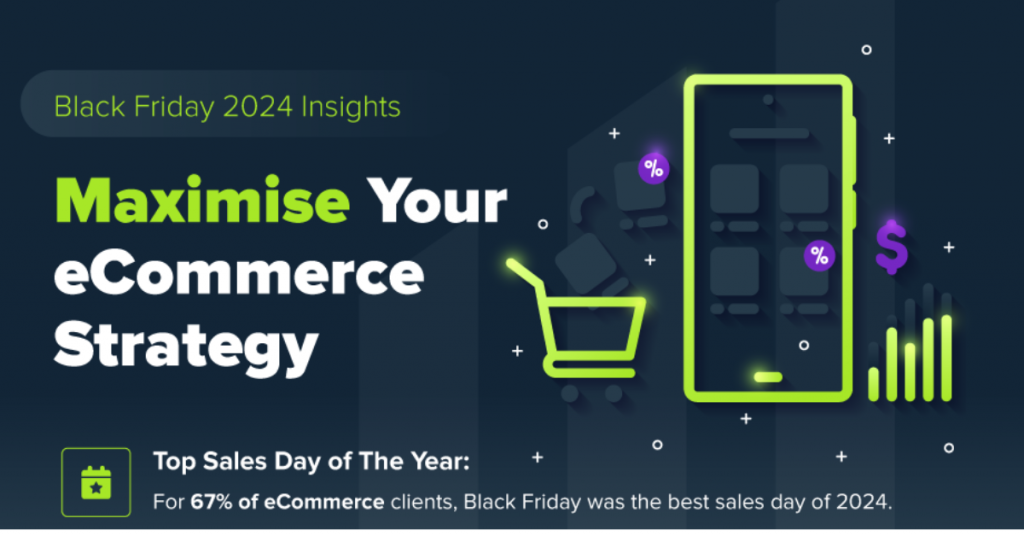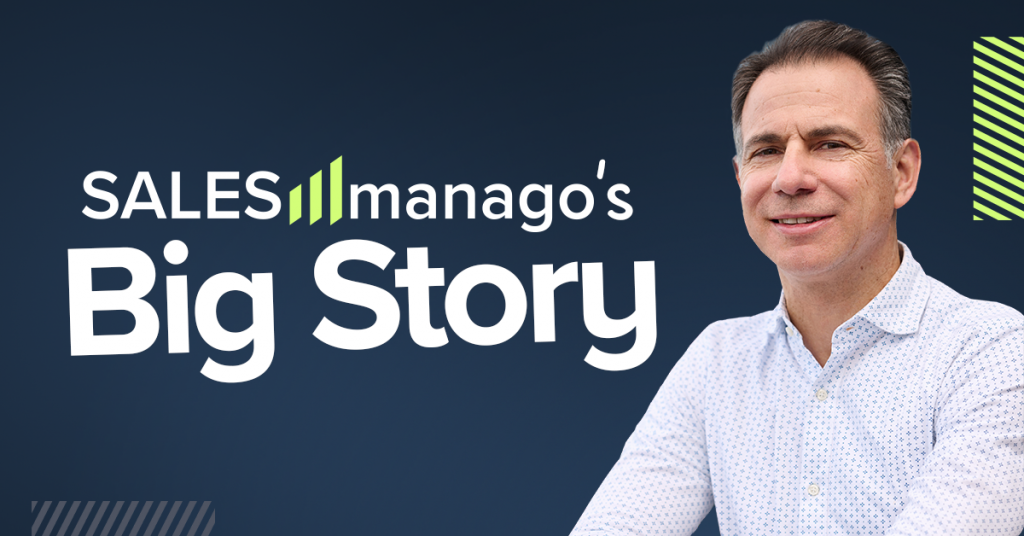
Over 50% of total web traffic is generated by mobile users and 80% of people used mobile device to search the internet in 2019. Adjusting ad campaigns to mobile users seems to be something obvious, but not always is. Can you afford not to optimize your mobile ads?
The mobile ads market value
When other mediums such as TV, Radio or press are losing investments in last couple of years, digital media seems to tend the opposite. According to Statista, for last 10 years the digital advertising market is growing by average 5% per year. After the economic crisis in 2018 the growth of advertising spending worldwide dropped from 6.7% to 4.2% in 2019. As a result, it is expected that mobile advertising spending will surpass $280 billion by 2022.
Desktop vs. Mobile
Such opposition is inadequate as these are complementary solutions, however, there are differences in how they perform. Mobile advertising is characterized by a higher level of engagement and stronger interaction between the user and the brand compared to desktop devices. According to RTB House’s Researches, CTR for mobile ads is higher – 0.84% on smartphones and 0.87% on tablets with only 0.73% on computers. The available tools in mobile allow the recipient to actively engage in the brand’s communication, for example by sending text messages. Consumers are 35x more likely to open text messages than traditional emails, according to Sinch.
Undoubtedly, you should not underestimate the mobile channel in your campaigns. Here are the 4 golden rules that will help you to perform mobile campaigns right.
1) Mobile-optimized ad
Most of the companies already understand that they should adapt their website to mobile view, enabling people browsing their sites on smartphones and tablets to get full site functionality with ease. The mobile view also imposes different approaches to displaying ads and thus, different ad formats for mobile users. Using the wrong ones can take up a lot of space on a small mobile screen discouraging users to visit the website or application (by for example cutting out CTA or other parts of the ad) or even they are not displayed at all. In this case, creating dedicated ads for small screens is crucial.
As for the most popular types of mobile ads, it is vital to mention:
- banner – one of the most popular, displayed on the top or bottom of the screen consisting of short copy and usually adequate graphics. Its effectiveness depends on brand recognition – the user’s reaction depends on the name displayed. The suggested size of the banners is 320×50 or 300×50 pixels.
- native – the “hidden” type of ad, at first sight, it looks like organic content. Basing on Dedicated Media’s statistics, native ads are viewed 53% more than banners.
- video – more advanced type of interaction, effecting a high level of user engagement. What’s interesting is that mobile video play rates are higher on in-app (14%) compared to the mobile web (8.3%)
- interstitial – another one of high-level engagement type, which displays across the whole screen during the most important parts of general navigation, most commonly when app is loading or is being closed. It is known that interstitials ads have 2-3x higher click-through rates in comparison to banner ads.
- playable – the most interactive type of ad which simulates the actual app or game. The customer can get to know the product before actually installing it.
2) Engaging content
– The creative headline is what the user sees at first – it needs to be clickable and compelling. Grab the attention with several keywords to let people know about what the ads are about and what they will get after clicking on it.
– Simple but strong CTA is what the mobile visitors are looking for. They need to be encouraged to perform some kind of action. The right action phrase will avoid overpaying for clicks for these that are less likely to be profitable for the ad.
– The description text should cover the key selling points of your business. Present the company as unique and worth-seeing as it’s possible.
– The creation of multiple ad variations will help with rotating the content among the customers. Each of the ads should consist of different headlines and description text.
Adding to that, make sure that your landing page matches the ad and is mobile-friendly as well – it plays a huge part in the click rate of customers. Otherwise, the users are more willing to leave your page without any interaction. While choosing the landing page of your ad, pick one that reflects it correctly – such a connection between the ad and landing page is the bridge between potential and actual customers.
3) Targeting is the key
The right targeting of your ad is a crucial part of every successful campaign. From an efficiency point of view, reaching the users with greater precision demand utilizing sufficient data, such as recently opened mobile pages, installed apps, or typed words in the search engine. Therefore thoughtful actions and narrowed down to the right recipients basing on their sex, age, and location and interests are key, next to attractive content.
As the audience targeting goes you need to take some features into consideration, such as:
- demography – targeting ads based on user’s locations, age, or gender.
- in-market – ads will pop up if the user has been searching for the specific product or service, possibly they have made a purchase, or potentially they are willing to do that.
- custom intent – creating custom intent audiences based on keywords, phrases, URLs or specific action will better relate to the audience’s interests
- remarketing – the group of people who already have had interaction with the ad, website or app
- similar audiences – choosing the users with related interests to the remarketing list
Remember not to abuse the user by showing him too many ads – if they are correctly adjusted to users’ interest, you won’t need to overload him with your propositions.
4) Tailoring display to users’ activity
The constant and dynamic technological advancement provided us with cheap and widespread advertising possibilities. The result is that customers are more skeptical about trusting traditional advertising. Basing on SALESmanago statistics, customers who buy after direct access to the site decide on purchasing quicker and make the actual transaction in a few minutes. However, customers who are brought by the ad, search engine, or social made need more time to make a decision (around 1-2h).
Greater user engagement, and thus more revenue, can be obtained when ads are displayed during the specific time period, especially during the users’ free time. While browsing social apps, their attention is not strictly focused on one activity and it’s easier to draw their attention to advertising.
As tracking visits may be one of the indicators when to start the campaign, you can also use other potential buyer’s activities that may show they are ready to get your offer. Thanks to the integration with Customer Data Platforms you can take into account actions other than website visits, such as past purchases, email campaign reaction, or even increase in points in the loyalty program. As the user data is getting richer, Customer Data Platforms provide new opportunities for precise targeting and activating campaigns tailored to an individual user.
 Follow
Follow
















